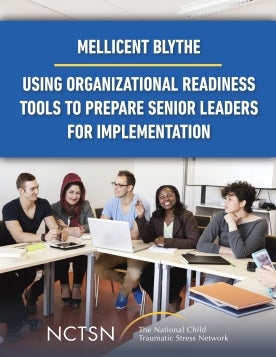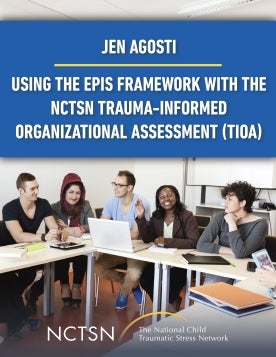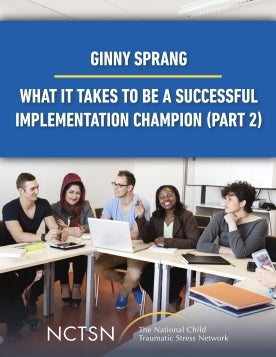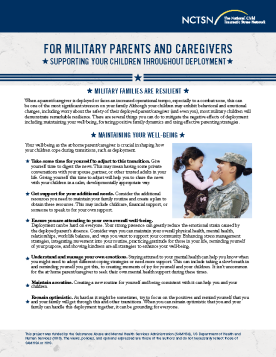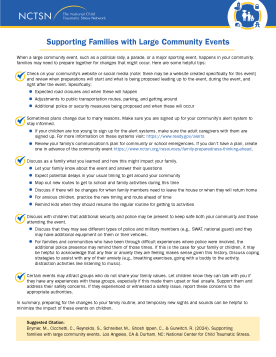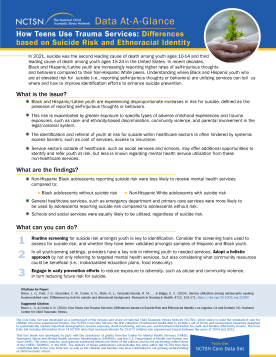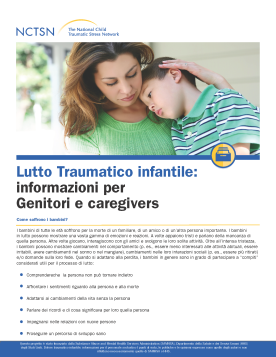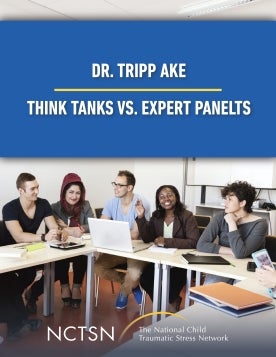
Think Tanks vs Expert Panels
Dr. Tripp Ake describes the work that the National Center for Child Traumatic Stress conducted in the Breakthrough Series focused on trauma-informed suicide prevention as an example to illustrate the use of think tanks to help build consensus for key long-term initiatives for system change.

